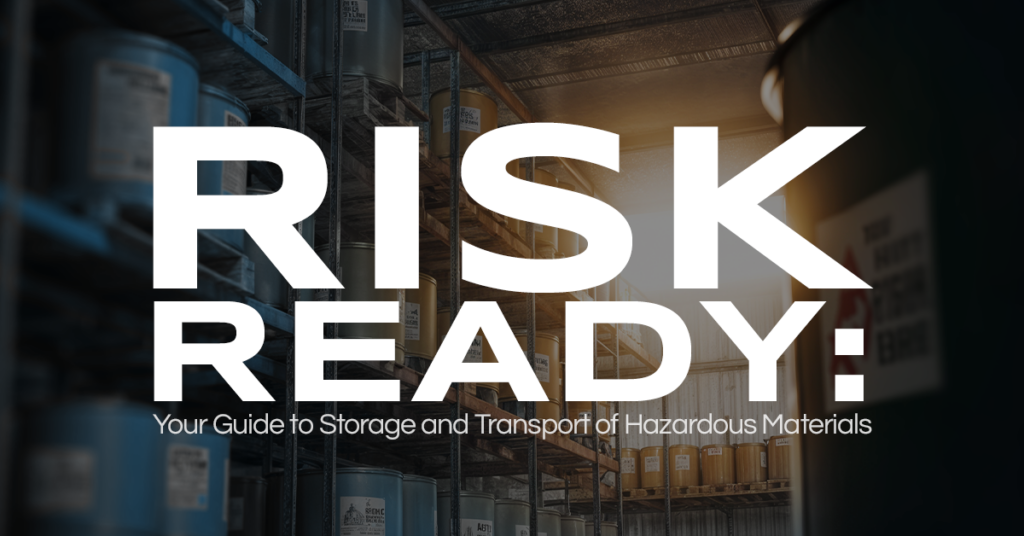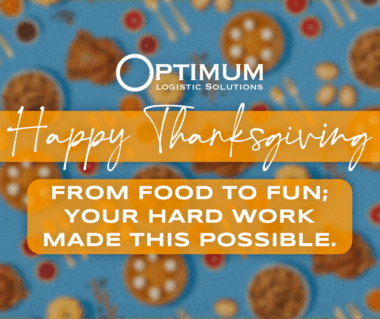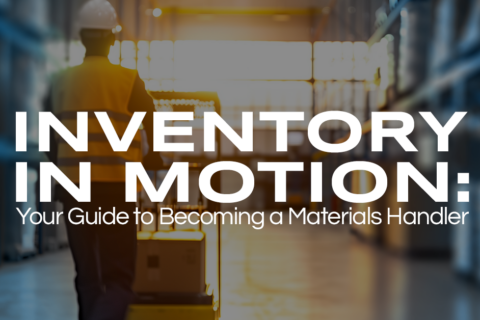
🚛 Hazmat Handling: Storage, Success, and Safety First
Ever walked into a warehouse and caught a whiff of something sharp in the air? Maybe a stack of drums pushed a little too close together? Small oversights in hazardous material handling can snowball into major disasters—fires, spills, even toxic exposure. It’s not just about compliance; it’s about protecting lives, property, and the environment. Whether you’re stacking corrosives in a warehouse, transporting flammable liquids, or working with compressed gases, knowing how to store, label, and handle hazmat properly is non-negotiable.
In this guide, we’re diving into best practices for safe storage, critical safety measures for CDL drivers, and the steps to earning your hazmat endorsement. If you work in logistics, manufacturing, or trucking, this one’s for you. Let’s break it down—because when it comes to hazardous materials, there’s no room for guesswork.
⚠️ Hazmat Storage: A Small Mistake Can Be a Big Disaster
Picture this: A single mislabeled drum, a minor leak, and suddenly the air in the room becomes thick with fumes. That’s how quickly a small mistake with hazardous materials can spiral into an emergency. Storing chemicals, flammables, and other dangerous substances isn’t just about putting things on shelves—it’s about knowing what can (and can’t) be stored together, ensuring ventilation, and preventing chemical reactions that could turn deadly.
This section breaks down the essentials of proper labeling, protective equipment, spill response, and routine inspections so that every warehouse worker, logistics coordinator, and plant manager knows exactly how to keep materials secure, people safe, and operations running smoothly. Let’s get into it.
🔖 Proper Labeling & Signage
- Clear, standardized labeling is the first line of defense against hazardous material incidents. Every container must have a DOT, OSHA, or NFPA-compliant label to ensure proper identification.Using color-coded labels and pictogram-based signage helps workers quickly recognize potential dangers, preventing mishandling and accidental exposure.
📦 Correct Storage Procedures
- Flammable materials should always be stored in ventilated, fire-resistant cabinets, placed away from ignition sources to reduce the risk of combustion.
- Corrosive chemicals and incompatible substances must be separated to prevent dangerous chemical reactions that could result in toxic fumes, fires, or explosions.
🦺 Personal Protective Equipment (PPE) is Non-Negotiable
- Anyone handling hazardous materials must wear the appropriate PPE, such as gloves, respirators, and chemical-resistant aprons, based on the material’s hazard classification.
- Safety glasses or full-face shields should always be used when transferring liquids or powders, as splashes and fumes can cause serious eye injuries or respiratory issues.
🚨 Spill Response Readiness
- Spill kits must be easily accessible and stocked with absorbents, neutralizers, and PPE to contain and clean up hazardous material spills effectively.
- Employees should be trained in spill response protocols, including proper containment techniques and evacuation procedures to minimize exposure and environmental damage.
✅ Routine Inspections & Compliance Audits
- Regular inspections of storage areas help identify leaks, rusting containers, or improper stacking before they become major hazards.
- Keeping employees up to date with hazmat handling certifications ensures that they are well-equipped to manage hazardous materials safely and in compliance with OSHA and DOT regulations.
Storing hazardous materials goes beyond basic organization—it’s about preventing disasters before they happen. One mislabel, one incompatible chemical mix, or one unsecured container can lead to fires, spills, or toxic exposure. And in a warehouse or manufacturing setting, those risks aren’t just personal—they affect entire teams, facilities, and even the environment.
From PPE and proper signage to emergency spill response, safety is about understanding the materials you’re working with and handling them with care. Whether you’re in charge of chemical storage, transport, or compliance checks, following best practices ensures everyone makes it home safe at the end of the day.
🚨 But what happens once these materials leave storage and hit the road? That’s where CDL hazmat drivers step in, carrying both cargo and responsibility. Let’s go over the key safety measures for transporting hazardous materials.
🚦 High-Stakes Hauling: Why Hazmat Transport Requires Precision
Not all cargo is created equal. Hauling hazardous materials isn’t like transporting general freight—it’s a job that comes with high stakes, strict regulations, and no margin for error. One improperly secured drum or mislabeled chemical can lead to accidents, regulatory fines, or worse, serious harm. Whether you’re hauling flammable liquids, corrosive chemicals, or explosive materials, you need to be prepared, precise, and proactive.
In this section, we’ll cover everything from pre-trip inspections to route planning, emergency protocols, and cargo security so that every CDL driver with a hazmat endorsement can stay compliant, protect their cargo, and get home safely. Buckle up—it’s time to roll through the best practices of hazmat transport.
🔍 Pre-Trip Inspections: More Than Just a Checklist
- Before hitting the road, double-check that all hazardous materials are properly secured, labeled, and documented. A single misstep in packaging or paperwork can result in costly violations.
- Placards must match the specific hazmat being transported and be clearly visible, in full compliance with DOT and FMCSA regulations. Inspect for wear, damage, or missing labels to prevent delays at checkpoints.
📖 Know Your Emergency Procedures
- Every hazmat driver must carry an Emergency Response Guidebook (ERG), a critical resource for handling incidents on the road. Knowing where to find information quickly can make all the difference in an emergency.
- Familiarize yourself with reporting protocols, emergency contacts, and spill containment procedures. Immediate and accurate responses to leaks, spills, or accidents can prevent situations from escalating.
📦 Secure & Stable Loading Practices
- Load bars, straps, and bracing should be used to prevent hazardous cargo from shifting during transit. Even a small shift in weight can throw off a truck’s balance and lead to an accident.
- Some materials require specific placement or separation to prevent dangerous reactions. Double-check load instructions and ensure each material is stored correctly according to its classification.
🗺️ Stay Aware of Restricted Routes & Regulations
- Not all roads are open to hazmat transportation. Certain tunnels, bridges, and urban areas have restrictions—always plan your route ahead of time to avoid costly detours or legal trouble.
- Weight limits and curfews may apply to hazardous cargo in certain municipalities. Researching these ahead of time ensures compliance and prevents unexpected roadblocks.
😷 PPE & Ventilation When Handling Cargo
- Handling hazardous materials requires more than just caution—it requires the right protective gear. Gloves, respiratory protection, and chemical-resistant clothing should always be worn when loading, unloading, or inspecting hazmat loads.
- Fumes from certain materials can be dangerous. Always work in well-ventilated areas or use forced-air systems when dealing with volatile substances to minimize exposure risks.
Driving a truck loaded with hazardous materials is a different kind of challenge. Unlike general freight, these loads come with strict regulations, required inspections, and no room for shortcuts. Whether it’s flammable liquids, corrosives, or compressed gases, the risks are real—and one wrong move could cost more than just a fine.
That’s why pre-trip inspections, route planning, and emergency preparedness are non-negotiable for CDL drivers hauling hazmat. From ensuring secure cargo to knowing how to handle spills on the road, being informed and prepared is the difference between a routine delivery and a serious incident.
🎓 Thinking about taking your trucking career to the next level? A hazmat endorsement opens up more routes, higher pay, and specialized job opportunities. Here’s what it takes to get certified.
🎓 Securing Your Hazmat Endorsement: A Step-by-Step Guide
Ever wondered why some CDL drivers are pulling in bigger paychecks and scoring the most in-demand routes? A hazmat endorsement could be the difference. Adding an “H” to your CDL opens the door to higher-paying hauls, exclusive job opportunities, and greater career flexibility. But before you start transporting hazardous loads, you’ll need to pass a TSA background check, ace the hazmat knowledge test, and meet federal requirements.
This section walks you through every step of the process—from application and testing to renewal and compliance updates. If you’re looking to boost your income, expand your career options, or simply stand out in the trucking industry, getting a hazmat endorsement is a smart move. Let’s break it down.
🛂 Meet the Basic Requirements
- Before applying, you must hold a valid Commercial Driver’s License (CDL) and be at least 21 years old for interstate transport. Some states allow intrastate drivers as young as 18, so check your local laws.
- Applicants must be U.S. citizens or lawful permanent residents with a clean driving record. Certain criminal convictions related to transportation security can disqualify you.
📝 Apply for a TSA Background Check
- The Transportation Security Administration (TSA) requires all hazmat drivers to complete a fingerprint-based background check. This ensures that only qualified individuals are transporting hazardous materials.
- Felony convictions involving transportation security, explosives, or terrorism-related charges may lead to disqualification. If unsure about eligibility, check TSA’s list of disqualifying offenses before applying.
📚 Pass the Hazmat Knowledge Test
- Every applicant must take and pass the Hazmat Knowledge Test, which covers topics like hazardous material classifications, placarding, containment rules, and emergency response procedures.
- The test is state-specific, but most exams consist of 30 to 50 multiple-choice questions administered at your local DMV or licensing agency.
💲 Pay the Fees & Submit Documentation
- The total cost of obtaining a hazmat endorsement varies by state but typically falls between $80-$150. This includes background check fees, testing fees, and application costs.
- Bring all required documents, including proof of identity, citizenship status, medical certification, and any additional state-required paperwork, to avoid processing delays.
🔄 Stay Up to Date with Recertifications
- A hazmat endorsement isn’t permanent—it requires renewal every five years, which includes a retest and another TSA background screening.
- Regulations change frequently. Stay updated with FMCSA guidelines and state-specific hazmat laws to maintain compliance and avoid costly mistakes.
For CDL drivers looking to increase their earning potential and expand their job options, a hazmat endorsement is a game-changer. Not every driver is qualified to haul hazardous materials, which means those who are get priority loads and higher pay. But getting certified isn’t just about passing a test—it requires background checks, knowledge of hazmat regulations, and a commitment to safety.
From TSA screenings to state-specific exams, the process might seem like a lot, but it’s well worth the effort. With the right preparation, earning your endorsement is a straightforward step toward better opportunities in trucking.
🏗️ But whether you’re hauling hazmat or storing it, one thing remains the same—safety and compliance are everything. Let’s wrap this up with the key takeaways for handling hazardous materials at every stage of the supply chain.
🚛 Securing Safety & Opportunity: The Road Ahead
No matter where you fit into the logistics and manufacturing world, hazmat safety is everyone’s responsibility. Whether you’re overseeing storage, securing dangerous cargo for transport, or earning an endorsement for high-risk hauls, every step you take ensures a safer workplace, fewer accidents, and a more secure career.
Following the rules isn’t just about avoiding fines—it’s about taking pride in doing the job right. Staying informed, using the right equipment, and making safety a priority means keeping your team, your cargo, and your community protected.
🚛 Got a story about hazmat handling or a safety tip that’s saved you on the job? Drop it in the comments and let’s keep the conversation going. And don’t forget to check back next week for more industry insights, safety strategies, and career-boosting advice from Optimum Staffing. 🚛🔥
Ready to shift your career into high gear? Optimum Staffing Solutions offers a world of opportunities designed to match your ambitions. Whether you’re a veteran CDL driver looking for new roads to conquer, an aspiring recruiter, or an industrial professional eager to innovate in manufacturing, we are here to guide your journey. Picture yourself thriving in roles that range from machine operation and production to leadership and administration. Imagine being part of a team where logistics and warehouse experts, including dispatchers, inventory specialists, and operations managers, work seamlessly to create unparalleled efficiency. Your next career move isn’t just a job; it’s a pathway to success. Join us and let’s drive towards a brighter future together!
🔎 For Businesses Seeking Top-Notch Talent:
Finding the right talent can be as complex as navigating the busiest intersections, but Optimum Staffing Solutions simplifies the journey. We are your trusted partner in connecting your business with professionals who excel in their fields and are passionate about driving your success. Whether you need skilled CDL drivers to navigate critical routes, machine operators to maintain production flow, payroll administrators to manage financial efficiency, or healthcare professionals to deliver exceptional patient care, we have you covered.
Our curated talent pool includes IT specialists to fortify your tech infrastructure, retail managers to transform customer experiences, and construction project managers ensuring quality infrastructure. With tailored solutions that perfectly fit your business needs, explore our comprehensive staffing services today and discover how we can help keep your operations running smoothly and efficiently. If you’re in search of a role, be sure to check out our open positions. Additionally, if you need direct hire staffing solutions for commercial driving or industrial positions, be sure to explore our offerings.
We extend our heartfelt thanks to you for engaging with this post. Safe travels and successful ventures to all our readers. Whether you’re hitting the road or mastering the craft on the manufacturing floor, remember, Optimum Staffing Solutions is here to support your journey every mile and milestone of the way.
If you made it to this part of the post, we’d just like to take a moment to thank you for taking the time to read this article. Be safe out there and as always, If you’re in search of a role, be sure to check out our open positions. And if you need staffing solutions for commercial driving or industrial positions, be sure to explore our offerings.



